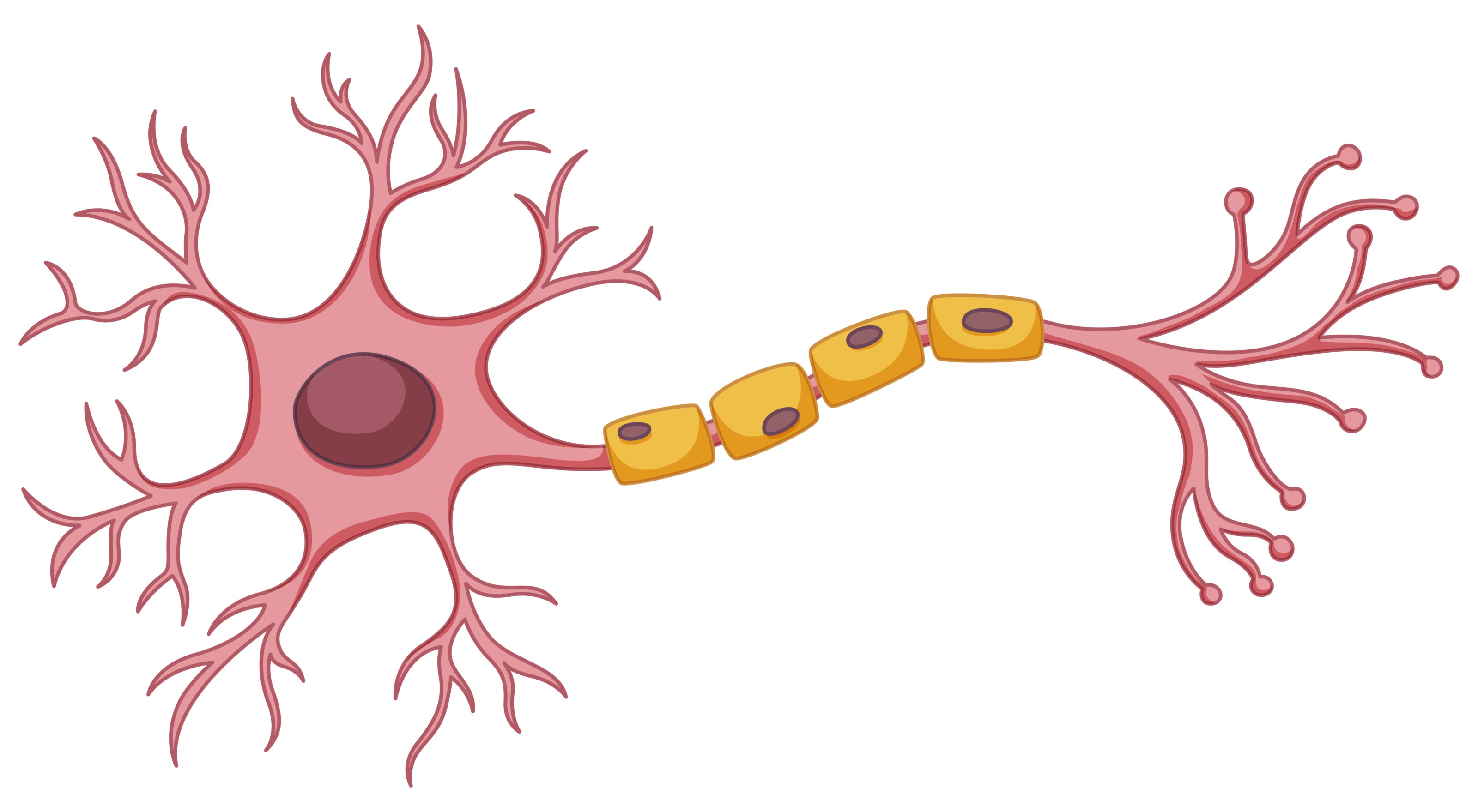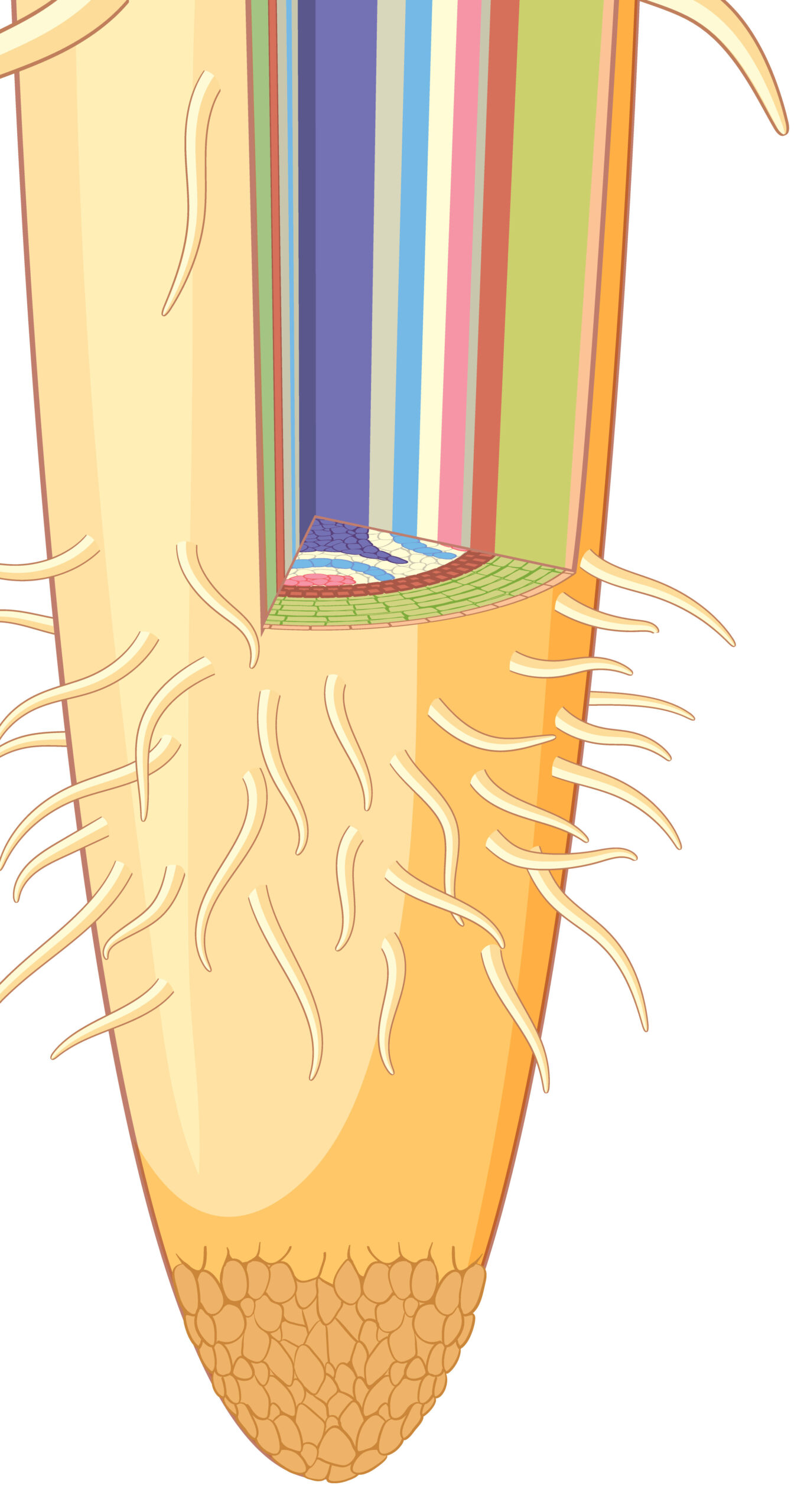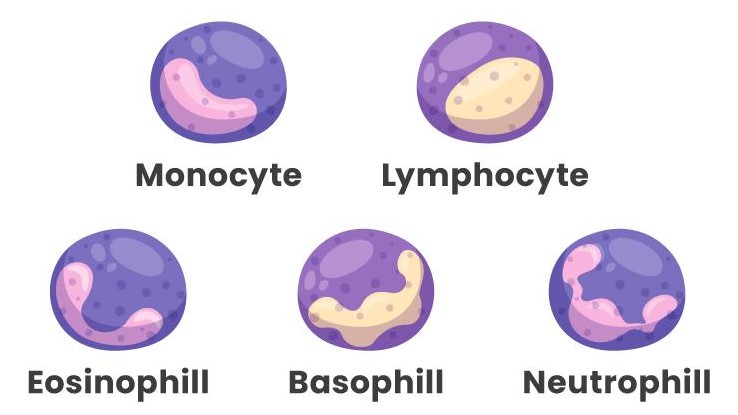Cell specialization also known as cell differentiation is a vital process in all multicellular organisms. In simple terms, it’s how cells become uniquely suited for specific roles. Without it, your body and every living thing with more than one cell wouldn’t function properly!
Whether you’re a student, teacher, or just curious, this post will help you understand cell specialization with simple explanations and clear examples.
Quiz
What Is Cell Specialization?
Cell specialization is the process by which unspecialized cells (i.e. stem cells) develop into specific types of cells, each with its own job in the body.
Think of it like a factory. In the beginning, all workers are the same. But soon, one becomes a machine operator, another a supervisor, and another a delivery driver. Similarly, cells “train” to perform different functions to help the organism survive and grow.
Why Is Cell Specialization Important?
Multicellular organisms like humans, animals, and plants rely on specialized cells to work efficiently. Instead of one cell doing everything, different cells do different tasks, such as:
- Carrying oxygen
- Fighting infections
- Sending signals
- Supporting growth and repair
Without this division of labor, life as we know it wouldn’t exist.
Examples of Specialized Cells
Here are 5 common specialized cells and their functions:
1. Red Blood Cells
- Function: Carry oxygen throughout the body
- Special Feature: Disc-shaped with no nucleus for more space to carry oxygen

2. Nerve Cells (Neurons)
- Function: Send messages through electrical signals
- Special Feature: Long and thin shape to connect distant body parts

3. Muscle Cells
- Function: Help in movement
- Special Feature: Can contract and relax

4. Root Hair Cells (Plants)
- Function: Absorb water and minerals from the soil
- Special Feature: Long hair-like extension for a larger surface area

5. White Blood Cells
- Function: Fight infection and disease
- Special Feature: Can change shape and move through blood vessels to reach infections

Also Read : Immunity and White Blood Cells





